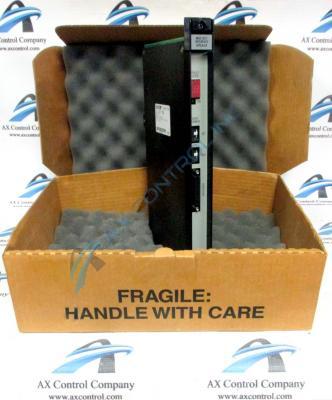When you’re running a modern factory, you have many machines that need to communicate with each other. These conversations occur over communication protocols that integrate with whatever native ‘language’ the machines speak. However, communications must translate each language to allow other networked devices to understand them. Modbus is one of the protocols that allow this communication to occur.
What is Modbus?
This is the oldest and most popular of these communication protocols. Published by Modicon in 1979, it was originally used with the company’s programmable logic controllers or PLCs. But Modicon developed Modbus as an open protocol. Anyone could use them for free without licensing. Since its original development many software vendors, manufacturers, and other groups/organizations have supported the protocol.
The communication protocol uses serial lines to send data between devices. This is as simple as a single serial cable connected to serial ports on a Master device and a Slave device. Data moves at 9600 baud (bits per second) as series of zeroes and ones. Each zero or one is a single bit. Data follows regular patterns so 8 bits identifies as a larger byte.
Modbus is a type of SCADA (Supervisory Control and Data Acquisition) automation protocol. It is now owned by Schneider Electric. It is used to help devices and equipment communicate by providing a common language all can understand. This allows for different nodes on the network to interact with request/response type messages.
What Are Modbus Communication Protocol?
The original Modbus interface used serial RS-232 communication. However, as the technology developed, options expanded to include serial RS-485, serial RS-422, and Ethernet. Formatted Ethernet packets embed Modbus messages inside, creating versatile setups. Additionally, networks designed with mixed drops can run different protocols altogether. For example, a single network could run three drops, one using MB Ethernet TCP/IP, another MB RS-232, and a third MB RS-485.
Serial or Ethernet communications can use different versions of Modbus protocols. They include:
- Modbus Plus
- TCP/IP Modbus
- Modbus ASCII
- Modbus RTU
- Pemex Modbus
- Enron Modbus
These variants are not interoperable.
How Does This Protocol Send Messages?
Modbus can function equally well on point-to-point and on multidrop networks. Main message structure is peer-to-peer on a distributed application architecture where interconnected nodes share resources. Devices use a Master/slave or Client/server technique to communicate. The Client/server technique is specific to Ethernet protocols.
This technique only allows the Master or Client to initiate messages, otherwise known as queries. The slaves or clients translate this query into a requested action such as
- reading data from an I/O port
- commanding a connected device to send back values contained in its Coil or Holding registers
- changing the values written to a device’s Coil or Holding registers.
A slave device can be anything from a valve, an I/O transducer, a network device, or any number of measuring devices that can process information. These devices can be addressed individually by the Master or can be addressed together through a broadcast message to all devices. However, slaves do not respond to broadcast messages.
Is Modbus Still Viable in an IoT world?
Connected “smart” factories require lots of data to move rapidly from a number of devices, typically without a significant development effort. But many of the subsystems and sensors used within industrial automation don’t necessarily require microprocessor power to achieve this.
Instead, most industrial automation devices can achieve connectivity via integrated serial UARTs paired with RS-485 transceivers to create a simple Master/Slave RS-485 network. Additionally, Modbus/TCP also allows for Ethernet connectivity in equipment from some vendors.
AX Control sells a wide variety of PLCs for your needs. All PLCs and HMIs are backed by our unparalleled 3-year warranty.
For more information about PLCs, check out our Infographic “What is a Programmable Logic Controller?”


You must be logged in to post a comment.